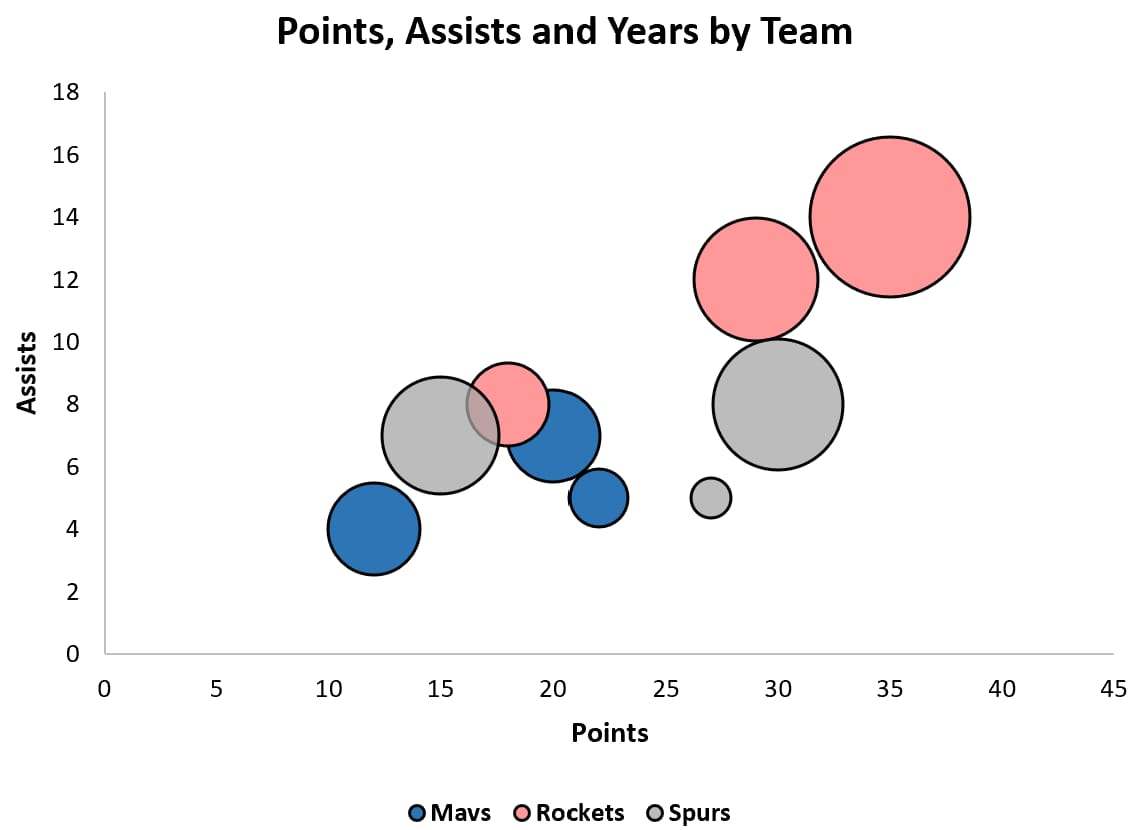- Deconstructing the Saga
- Posts
- Leverage pop culture to your advantage
Leverage pop culture to your advantage
Connect your message to what the audience already knows to create resonance
Imagine this: you’re about to present to a large and diverse audience.
Usually, before a presentation you research the audience by looking them up on social media to understand how you can make your presentation relatable.
But you can’t look up hundreds of people online. So how can you make your presentation relatable for such a large audience?
The answer lies in shared experiences. But its hard to identify the experiences you share with hundreds of others: how are you to know if they’ve been to Santorini, become a parent, run a marathon, sat courtside at the Knicks or hosted a podcast as you have?
In such circumstances, pop culture can provide the basis for shared experiences. In today’s world where media consumption is so personalized given each social media feed is unique, connecting over pop culture becomes a key avenue through which to create resonance with your audience.
Pop culture is useful bridge to connect what your audience already knows to what you’re trying to tell them.
You can’t assume that your audience knows the same pop culture references as you. But chances are if you pick well known cultural touchpoints (e.g. Star Wars, Lord of the Rings, Harry Potter, James Bond, Super Bowl, Taylor Swift, Pablo Picasso), they’ll land with a decent portion of your audience.
Of course, there is a risk that infusing pop culture into your messaging falls flat. But there’s always a risk in business, and that extends to communication.
Here’s a great example of leveraging pop culture to communicate:

In this case, Surreal Cereal cheekily invoked basketball great Michael Jordan. Surreal understood that most people walking past this billboard in London won’t be huge basketball fans. But it also realized that this didn’t matter because Michael Jordan’s success in basketball meant that he had become a huge figure in pop culture.
Leveraging pop culture references does not have to be limited to sports. It can be extended to film, television, art, music, podcasting and even politics. Essentially, you can tap into any topic that has entered the zeitgeist.
For example, a scrappy startup taking on an establish giant may compare themselves to Frodo from Lord of the Rings: a diminutive character given a Herculean task.

A business seeking to explain the power and benefits of AI may invoke the character of Jarvis from Iron Man.
In the comic books (first published in the 1960s) Jarvis is a human butler, but in the live action films starring Robert Downey Jr Jarvis is a very capable AI assistant who helps Tony Stark run his household and control his Iron Man suit.
Real life example: to communicate the risks of having all the largest clients served by one sales team to an executive decision maker, I compared it to the star-studded Real Madrid galacticos team that featured Zinedine Zidane, David Beckham, Luis Figo, Roberto Carlos, and Ronaldo on the same roster.
This was an impressive collection of talent for sure, but it was ultimately a team that fell short of its goals as it didn’t win La Liga or the UEFA Champions League (in fact chief rivals FC Barcelona did instead).
This example helped land the message in a relatable and easy to understand way. Of course there was a risk that the audience (in this case an American) would not understand a soccer reference. Luckily, this was a misplaced concern as the audience was a huge fan of Zinedine Zidane.
To reduce risk, it helps to be equipped with more than one more example. In this case, I was also armed with a more US-friendly back-up example, the 2004 Los Angeles Lakers: a star-studded team - whose starting 5 included perennial All Stars Shaquille O’Neal, Kobe Bryant, Karl Malone and Gary Payton - that was easily dismantled by the Detroit Pistons 4-1 in the NBA Finals. (The Lakers only win in the series came in overtime).
Sometimes, pop culture can be used to inject humor into a presentation. For example, you could joke that the below chart looks like it was made by Jackson Pollock:

If you’re unsure of where to look for pop culture inspiration, look up the Time 100, Billboard Charts, Emmy Award winners or the most popular movies at the box office.
However, to ensure that any pop culture reference is relatable, it’s best to aim for pop culture personalities and trends that have demonstrated staying power. For example, The Accountant 2 did well at the box office and features a bankable star (Ben Affleck) but it won’t carry the same resonance as Mission Impossible.
The audience need not have seen every single Mission Impossible film, but the fact that the franchise has been around since 1996, comprises 8 feature films and is led by a well known figure in Tom Cruise, makes it a reliable bet for invoking in your presentations.
Therefore, your mission, should you choose to accept it, is to leverage pop culture examples to help communicate your key message. Pop culture references in isolation won’t do much.
But when connected to your key message and what the audience cares out, pop culture references can make your communication more memorable, impactful and inspiring. After all, who doesn’t like being compared to a movie star?